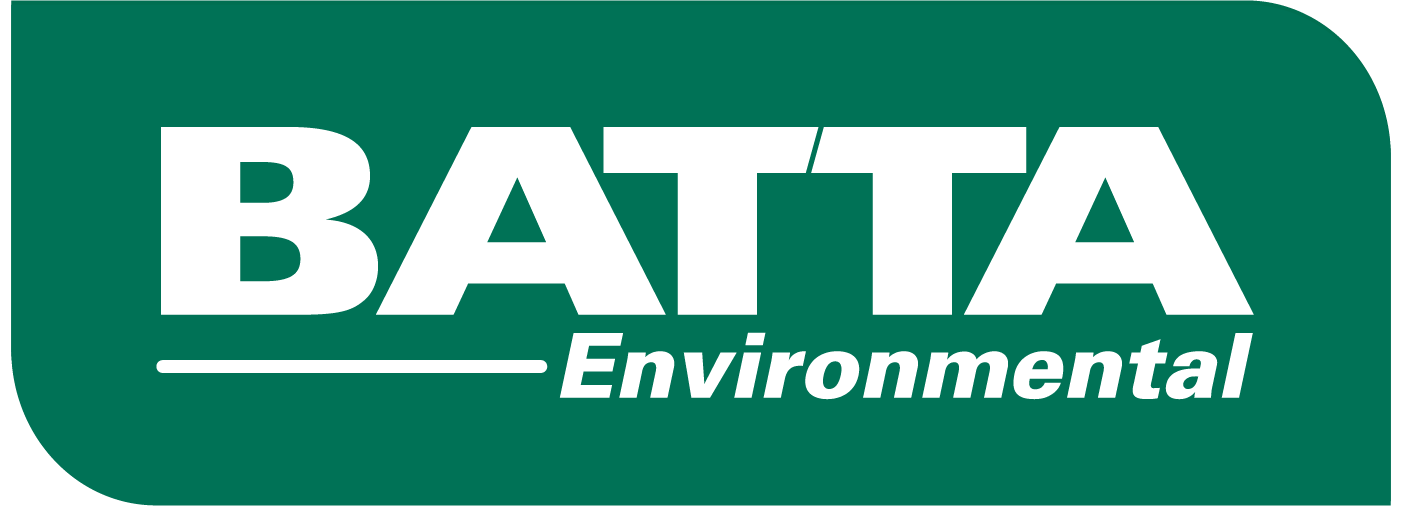
Philadelphia Water Department (PWD)
Environmental Consulting
Batta Environmental Associates, Inc. (BATTA) performed a comprehensive Phase I Assessment for a future Sewer Maintenance Facility. The assessment on the 7+ acre property was in accordance with ASTM 1527-5 and uncovered environmental concerns that warranted a Phase II Assessment and subsurface soil investigation. Environmental investigation and soil sampling events were performed to determine the environmental conditions present across the site and to further examine the conditions prior to planned site development.
• Phase I ESA
• Phase II ESA
• Subsurface Soil and Groundwater Investigations
• Remediation Projects for Soil
• Soil Management
• Project Management and Supervision
• Regulatory Negotiating and Compliance
• Design Support Services
• Preparation of Bid Documents
Soil sampling by BATTA indicated that the PWD’s plans to develop the site as a Sewer Maintenance Facility, consisting of: an Administration Building, a Garage, a Bituminous Paved area, a Previous Paved area, and a detention/infiltration swale, would disturb some soil areas with elevated Total Lead and an area of soil with an elevated Total Petroleum Hydrocarbons (TPH) concentrations. Site Development plans indicated that soil will be excavated from the Administration Building pad area, the Pervious Paving Area subgrade, the detention/infiltration swale, and from several utility trenches around the property.
There were additional concerns about the potential for lead to leach out of soil in areas of intentional storm water infiltration. BATTA managed the sampling plan design and investigative efforts which included sampling soils for Synthetic Precipitate Leaching Procedure (SPLP test) to determine leachability. Dry weight soil results were compared to PADEP Soil-to-Groundwater Pathway numbers and SPLP results were compared to PADEP Statewide Drinking Water Standards. BATTA led the effort to correspond between PADEP and PWD on all results and proper course of remedial action during the construction phase. The issue of storm water management and design in urban settings is a very hot topic because of regulations and size guidelines for management of storm water.
BATTA provided the following recommendations for dealing with lead and TPH impacted soils and for areas where intentional infiltration would occur.
These recommendations were part of a final Remedial Investigation/Remedial Work Plan.
Site Health and Safety Plan
Create and implement a Site Specific Health and Safety Plan (HASP) for worker and environmental protection. Environmental testing has indicated the presence of lead within the soil matrix. Due to concentrations of lead indicated to be present within the soil material, as part of the sampling activities, a HASP will allow for the safety and the protection of the workers and the environment under a controlled, precautionary plan of action. The HASP should address specific site activities, duties, and/ or areas, and any required training or procedures to be implemented, from initial site earthwork through final site completion. Specific management plans may be implemented and followed for the various site activities or areas as required.
Soil Management Plan
Manage the on-site soil through a Soil Management Plan to assist in the relocation, tracking and documenting of on-site soil activities that will include excavation of infiltration hot-spots, transportation, stockpiling, spreading and any cover soil installation required on-site. The initial work areas and any associated soil stockpiles should be controlled areas with controlled access, established work practices and procedures, and with established environmental and worker protection measures, including sedimentation and erosion control procedures. Jersey Barriers, plastic sheeting, fencing, and various caution or warning tapes can be used to demark and control work areas and stockpiles as required. Signage may be required or utilized to further define or demark work areas.
Implement a Dust and Air Quality Management Plan for the earth work activity. This will include dust suppression techniques on long and short term stockpiles, open excavations and haul roads on-site. Material is to be excavated, placed, spread and compacted in a damp condition. Transported material is to be wetted to prevent the generation of dust during transport as required. The absence of visible dust is a key performance indicator of successful fill and stockpile activities. Perimeter, area, or worker air monitoring can be employed as required.
Vapor Intrusion Barrier and Controls
BATTA proposed an installation of a Vapor Intrusion Barrier beneath the proposed Administration Building slab area as well as all other occupied buildings on-site. Redevelopment may substantially alter subsurface conditions including vapor migration pathways. A vapor intrusion barrier consists of a physical barrier beneath the footprint of an occupied structure and a piping manifold which will provide a conduit for future vapor testing, integrity testing of the physical barrier, and for active venting (i.e., connecting a vacuum pump to the piping to draw vapors out from beneath the building).

